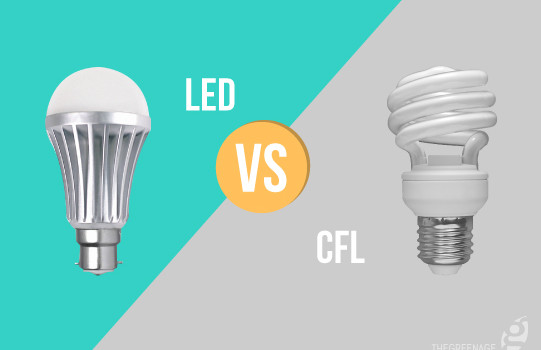
Part 3: Which Bulb Is For Me?
If you’re not using a dimmer, things are a bit simpler.
Fluorescent and LED bulbs come in a variety of colors, represented by a number
followed by the letter K. 2700K bulbs most closely resemble the light produced
by an incandescent bulb. As the color moves toward 6500K, the light becomes
cooler until it matches the quality of light you see outdoors at noon on a
cloudless day. Both technologies last longer than incandescent bulbs:
fluorescent by a few years, LED by a couple decades.
So how do you choose which to use? If you turn the light on
and off frequently, you may prefer LED. Fluorescent bulb life is determined by
how many times it is turned on; LED life is measured in hours. LED lights
thrive in cold weather; fluorescent performance tapers off below 40⁰F. If the
bulb is in a difficult to reach location or you just don’t want to worry about
changing it, LED is the better option due to its longer life expectancy.
If your primary concern is budget, you may prefer
fluorescent. The price of LED is dropping with every new generation of bulbs
being developed, but it is currently still higher than that of fluorescent. LED
uses very little energy, so when compared to other types of bulbs —which have
to be replaced—over the same period of time, the total cost can be similar or
even significantly less.
Both technologies have a variety of looks for their bulbs.
Most CFLs are “curly” but you can also get them with a globe cover that looks
more like an incandescent. There are endless looks for LED bulbs, but recent
developments have allowed for some bulbs to use LED “filaments” so you can get
clear or frosted bulbs that look and feel just like incandescent bulbs, but
with less heat production and up to 90% energy savings!
A couple special notes about fluorescent bulbs: They do
contain a small amount of mercury, so please return them to a collection point
for recycling if possible. Also, if you don’t like the slight delay before a
fluorescent bulb comes to full brightness, try “seasoning” it by leaving it on
3-4 hours or overnight. This gives the bulb time for its contents to distribute
evenly, and should result in faster response time.
If you're still confused about bulbs, come down to our showroom! We're happy to answer questions and show you various bulbs work in person.
